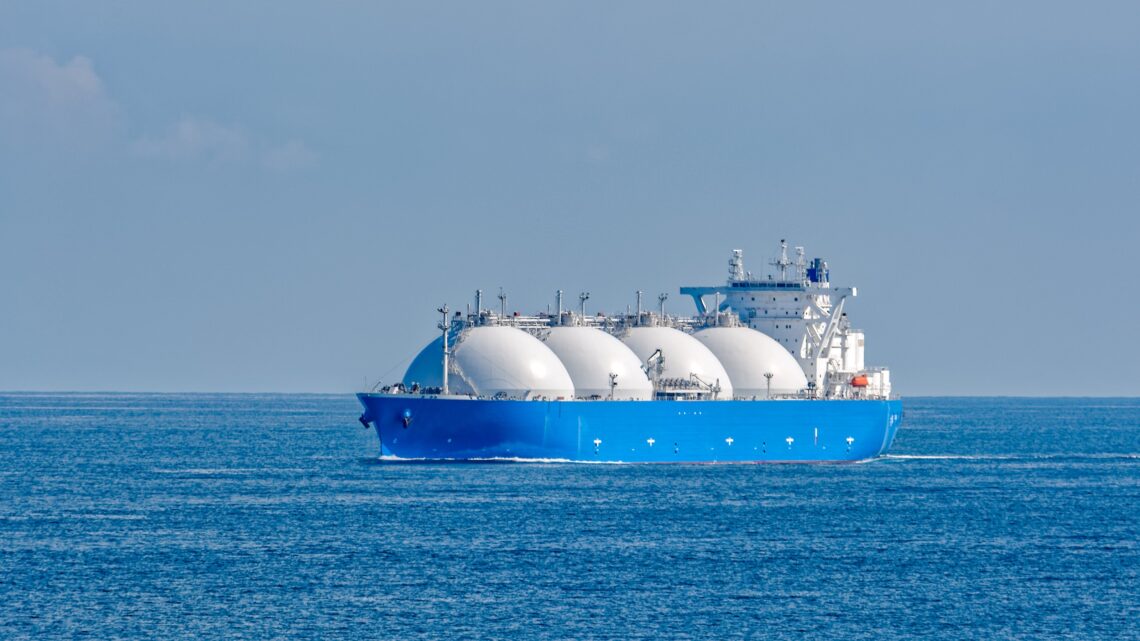
Liquefied natural gas (LNG) is natural gas (predominantly methane, CH₄, with some mixture of ethane, C₂H₆) that has been cooled down to liquid form for ease and safety of non-pressurized storage or transport. It takes up about 1/600th the volume of natural gas in the gaseous state (at standard conditions for temperature and pressure). It is odorless, colorless, non-toxic and non-corrosive. Hazards include flammability after vaporization into a gaseous state, freezing and asphyxia. The liquefaction process involves removal of certain components, such as dust, acid gases, helium, water, and heavy hydrocarbons, which could cause difficulty downstream. The natural gas is then condensed into a liquid at close to atmospheric pressure by cooling it to approximately −162 °C (−260 °F); maximum transport pressure is set at around 25 kPa (4 psi). Liquefied for ease of storing and transporting and is stored in double-walled cryogenic containers at or above atmospheric pressure. It can be converted back to its gaseous form by simply raising the temperature.
LNG is more practical than liquefied petroleum gas or other liquid gases, particularly for use in large volumes, because it has the same chemical composition as natural gas. This fact and the growing demand for natural gas have stimulated LNG production. Moreover, LNG technology has made it possible to utilize natural gas from remote areas of the world where it previously had no commercial use and was flared (burned). Special tankers, known as LNG carriers and outfitted with supercooled cryogenic tanks, transport LNG from such countries as Qatar, Australia, Indonesia, and Algeria to markets in China, Europe, and Japan.